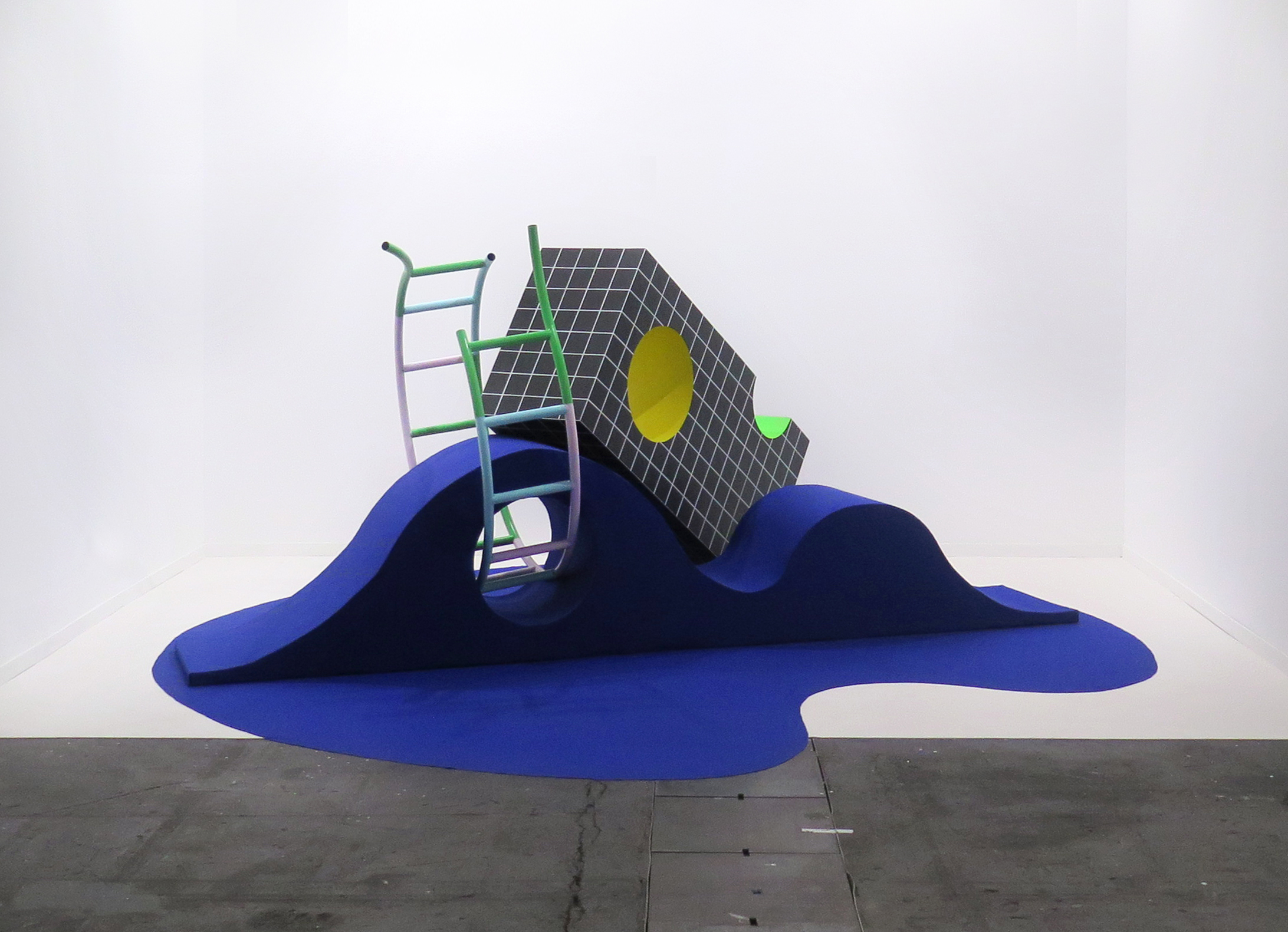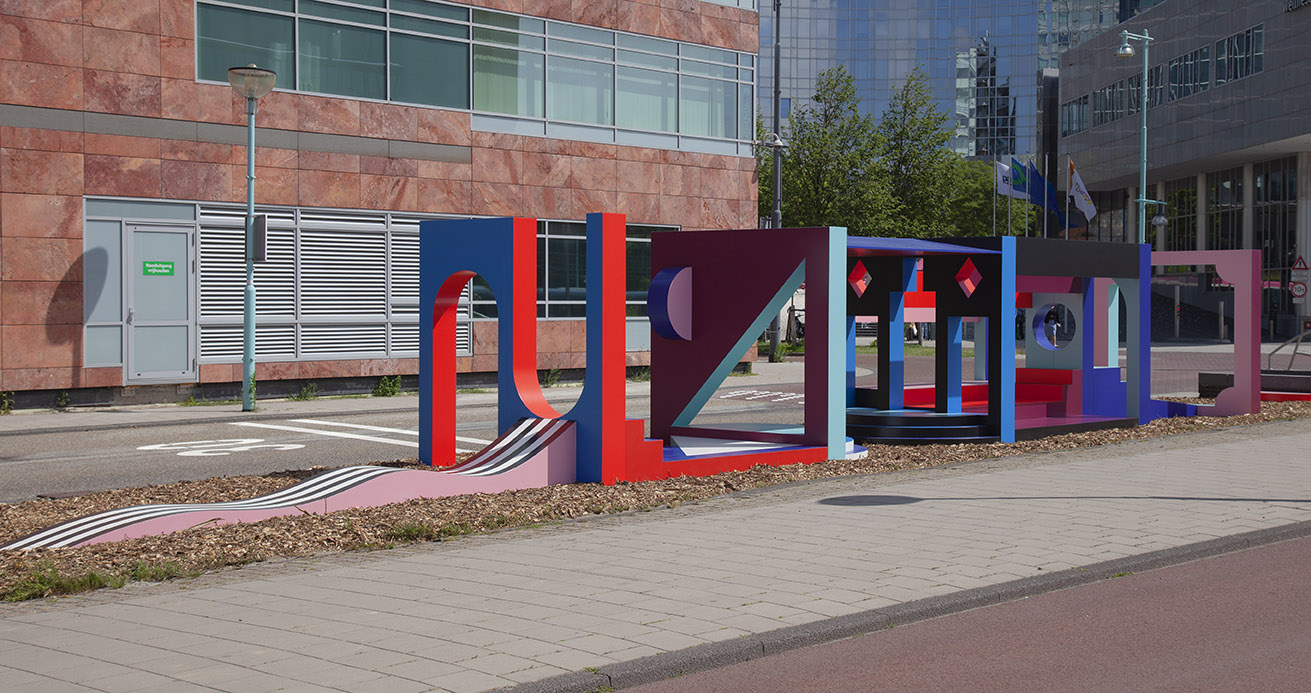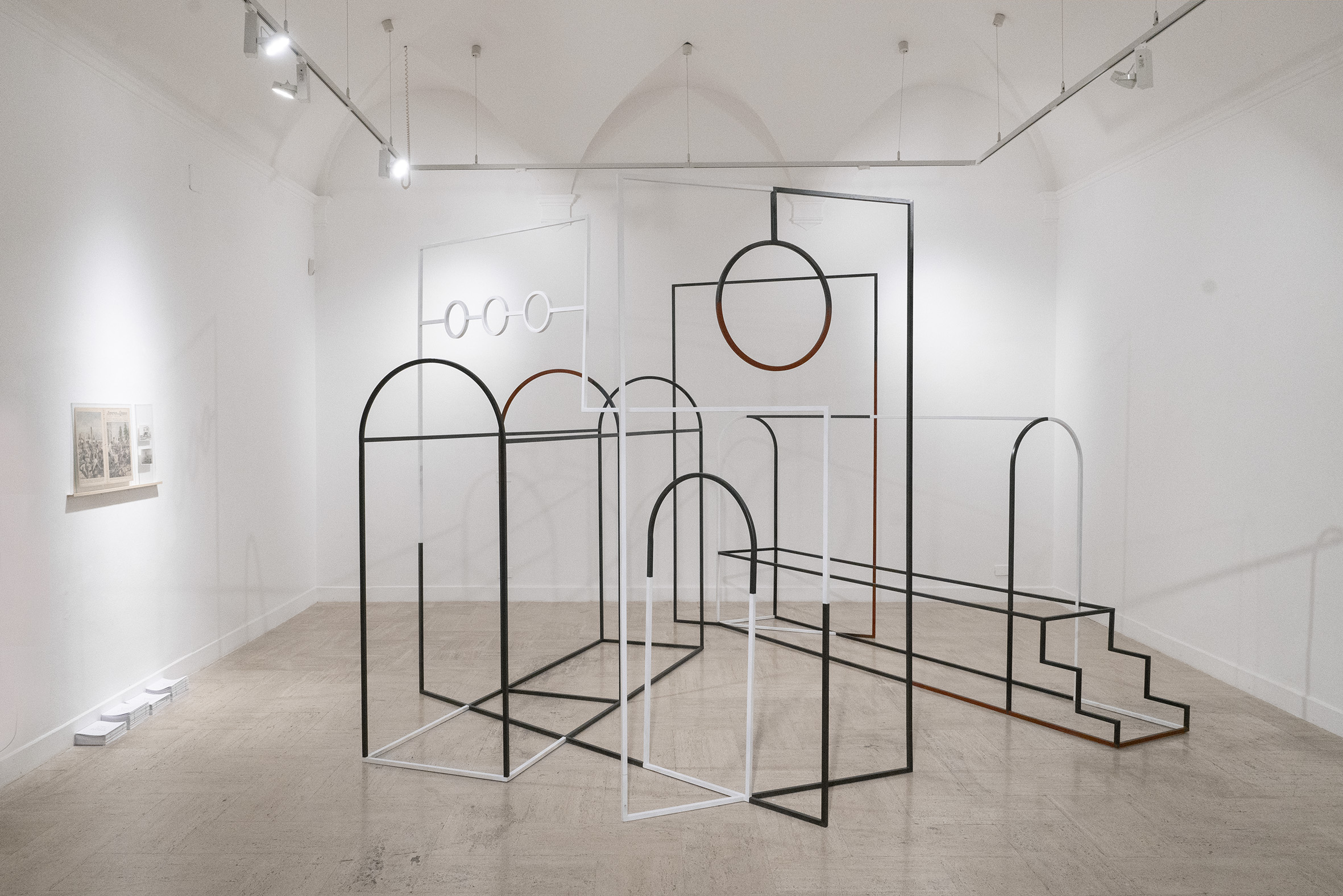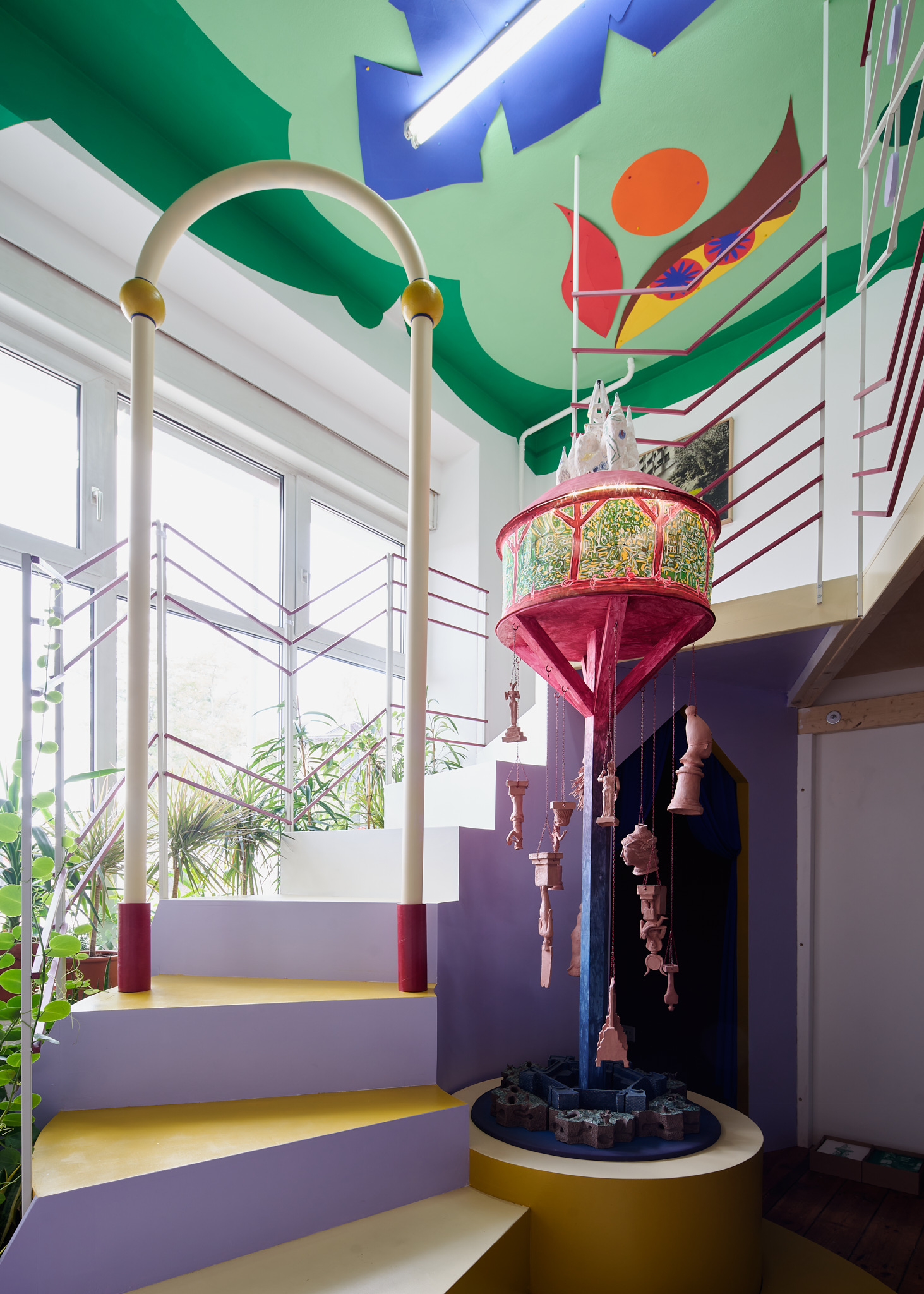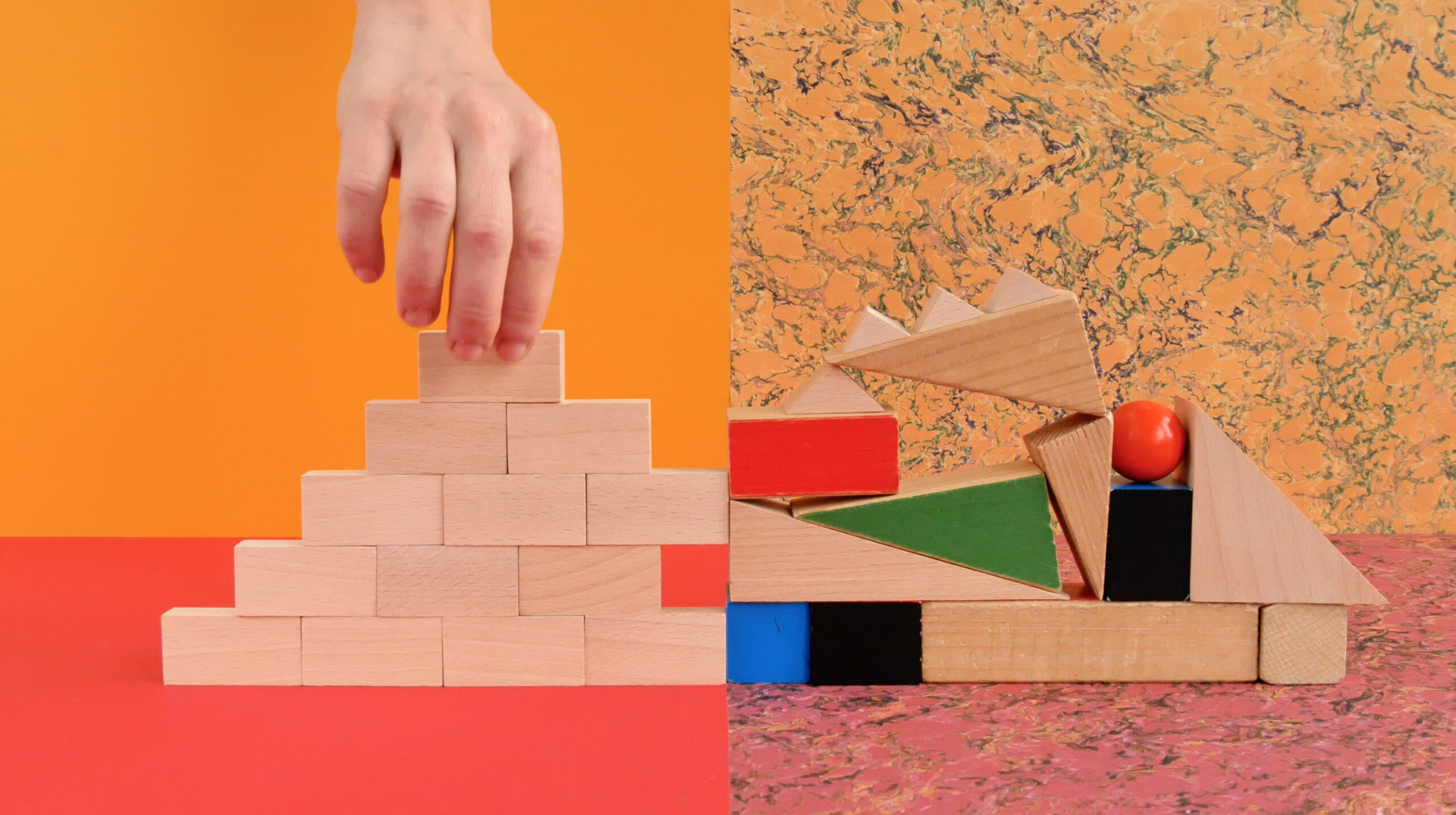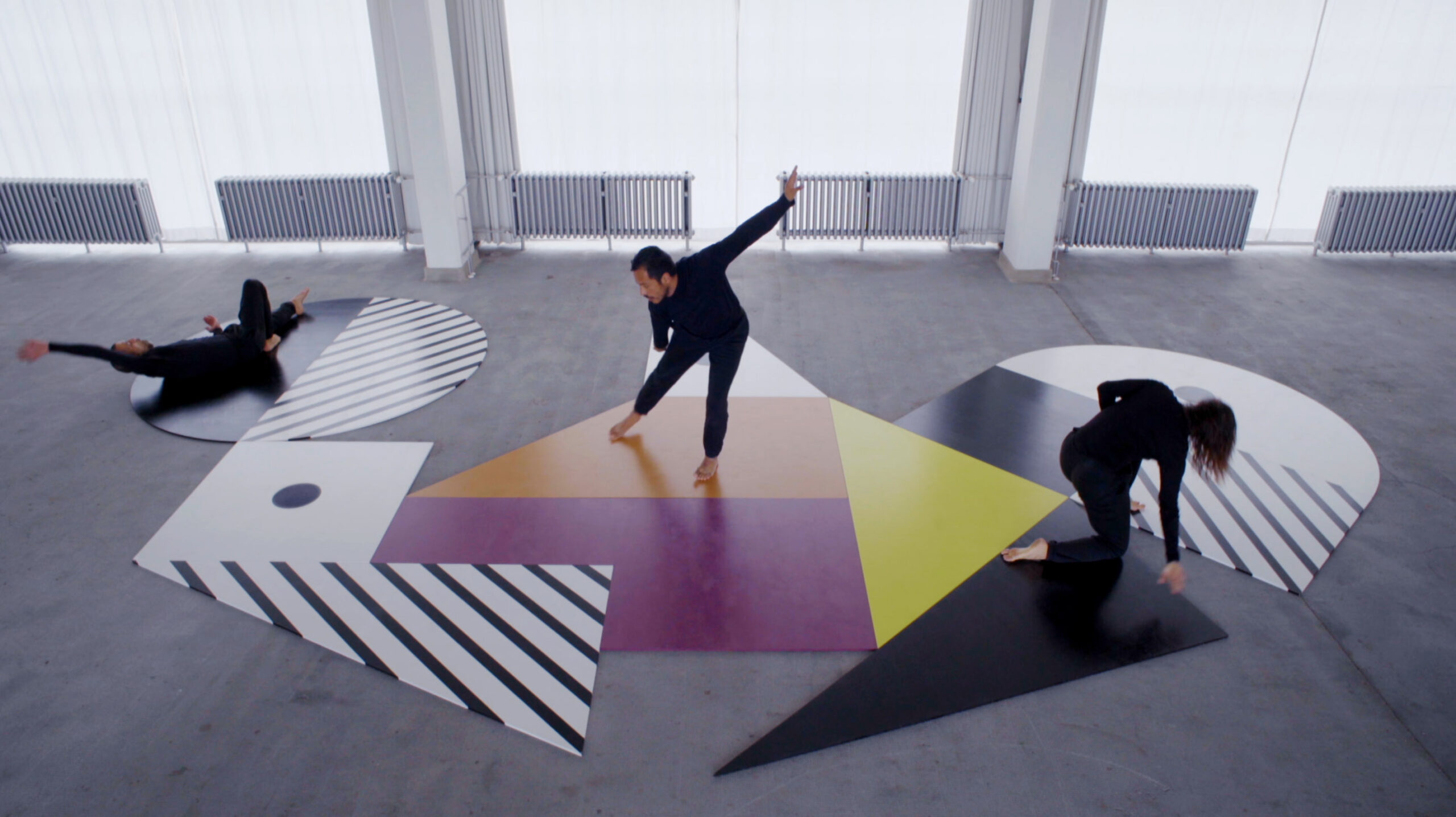Andrea Canepa
Lima (Peru), 1980

Her practice investigates various types of organization or logical orders of our daily life or complex conceptual systems. Thus, it manifests the values and ideologies behind these structural criteria. Among others, she has worked with issues related to the representation of spaces, formal education and our understanding of time. She studied Fine Arts at the […]
